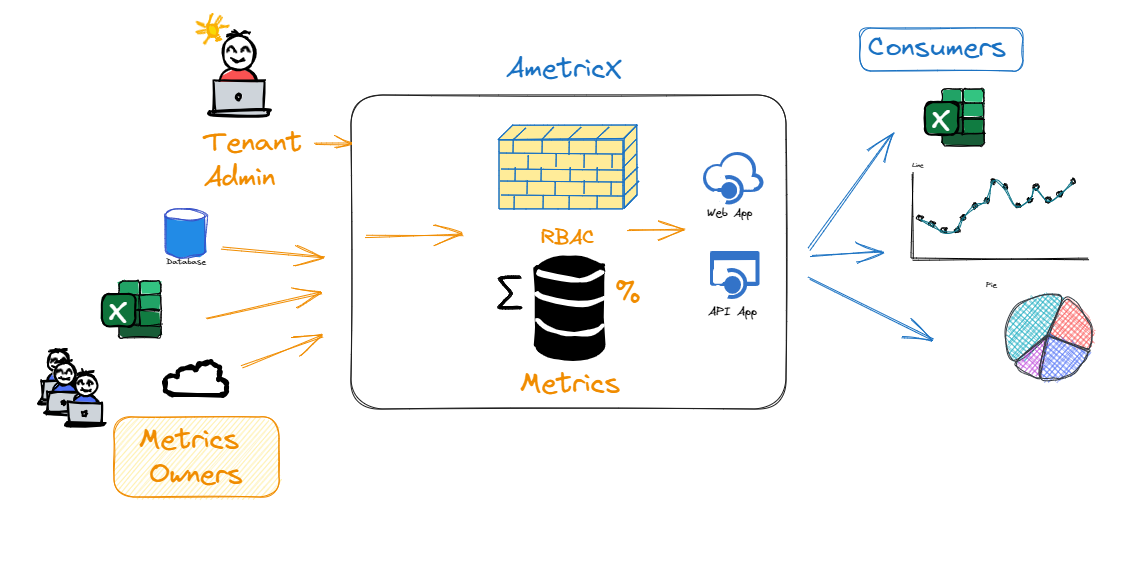Table of contents
In today’s fast-paced world, time is of the essence. Whether you’re a student trying to submit an assignment before the deadline or a professional trying to send important documents to a client, quick file upload is a crucial skill to have. In this article, we will discuss six simple steps to quickly upload files and save you time and hassle.
Choose the Right Platform
The first step to quick file upload is choosing the right platform. There are many options available, such as Google Drive, Dropbox, and WeTransfer. Consider the size of your file, the level of security you need, and the ease of use when selecting a platform. It’s also important to ensure that the platform is compatible with the recipient’s device.
Ensuring Accessibility for Your Customers
When uploading files, it’s crucial to consider the accessibility of your chosen platform for your customers. After all, the ultimate goal of file upload is to enable others to download and access the files you’re sharing. Here are some key considerations to ensure seamless connectivity for your customers:
- Compatibility with Recipient’s Device: Make sure the platform you choose for file upload is compatible with the devices your customers are using. Whether they’re accessing the files on a desktop computer, laptop, tablet, or mobile device, compatibility ensures that they can easily download and access the files without any technical difficulties.
- User-Friendly Interface: Select a platform that offers a user-friendly interface for your customers. A simple and intuitive interface reduces the chances of confusion and makes it easier for your customers to navigate through the platform and locate the files they need to download.
- File Organization: Properly organizing your files on the platform helps customers quickly locate and download the files they’re interested in. Consider creating folders or categories that align with the content or purpose of the files. This organization makes it easier for customers to browse and find relevant files without wasting time searching.
- Sharing Options: Ensure that the platform provides multiple options for sharing files with your customers. This can include generating unique links, sending email invitations, or creating shareable folders. By offering various sharing options, you can cater to the preferences and convenience of your customers, ensuring a smooth and efficient file download experience.
- Troubleshooting and Support: Despite your best efforts, customers may sometimes encounter issues while downloading files. Make sure the platform offers reliable support and troubleshooting resources to assist your customers in case they face any technical difficulties. Accessible customer support can go a long way in maintaining a positive user experience.
Taking these considerations into account when selecting a file upload platform ensures that your customers can easily connect and download the files you’ve shared with them. By prioritizing accessibility, you enhance the user experience and build a reputation for seamless file sharing.
Compress Your File
Before uploading your file, it’s a good idea to compress it. This will reduce the file size and make it easier and quicker to upload. There are many free online tools available that allow you to compress files without losing quality. This step is especially important if you’re working with large files or if you have a slow internet connection.
Options for Uploading a File Programmatically
In addition to the steps mentioned above, another way to quickly upload files is by using programming languages and APIs. This method allows you to automate the file upload process and integrate it into your own applications or workflows.
To upload a file programmatically, you’ll need to use an appropriate programming language and the corresponding file upload API. Most popular programming languages have libraries or modules that simplify the process of uploading files. For example, in Python, you can use libraries like requests or urllib to send HTTP requests and upload files to a server.
The first step is to import the necessary libraries and establish a connection to the server where you want to upload the file. Then, you can use the library functions or methods to send a POST request to the designated upload endpoint, along with the file data. The server will handle the file upload and respond with a success or error message.
Make sure to check the documentation of the specific programming language and API you’re using for more detailed instructions on how to upload files programmatically. Additionally, consider any authentication or authorization requirements that the API may have in place to ensure secure file uploads.
Uploading files programmatically can be a powerful way to streamline your workflow and save time, especially when dealing with a large number of files or repetitive tasks. It allows you to automate the file upload process and integrate it seamlessly into your own applications or systems.
Do you have any other questions or need further assistance with file upload? Let me know!
Upload File with Python to AmetricX
Get you API key
Verify the endpoint
Example: Get metrics list
import requests
url = "https://trial.ametricx.com/api/v1/file/upload"
payload = {'file_id': '44ca0f46-e0bb-4d78-92e9-c6f34bc67c69'}
files=[
('file',('ShippedToItems.csv',open('/C:/Users/AmetricX/metrics/ShippedToItems.csv','rb'),'text/csv'))
]
headers = {
'Accept': 'application/json',
'Authorization': 'Bearer <YOUR API KEY>'
}
response = requests.request("POST", url, headers=headers, data=payload, files=files)
print(response.text)
{
"task_id": "37f3c66a-816f-420e-bafe-195d63f74137"
}Use Drag and Drop
Many file uploading platforms allow you to simply drag and drop your files into the designated area. This is a quick and easy way to upload files without having to navigate through multiple folders. It also eliminates the need to click on multiple buttons, saving you time and effort.
Monitor the Upload Progress
Once you’ve started the upload process, keep an eye on the progress bar. This will give you an estimate of how long the upload will take and allow you to plan your time accordingly. If the upload is taking longer than expected, you may need to troubleshoot your internet connection or try compressing the file again.
By following these six simple steps, you can quickly upload files and save yourself time and frustration. Remember to choose the right platform, compress your file, rename it, use drag and drop, check your internet connection, and monitor the upload progress. With these tips, you’ll be a pro at quick file upload in no time.








